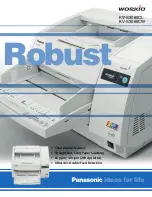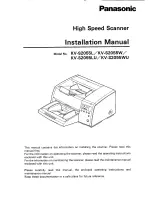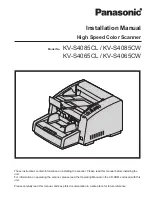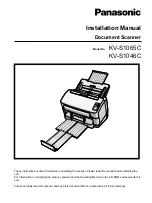
OBD-I
Original equipment automobile manufacturers (OEM) developed
On-Board Diagnostics (OBD) in response to increased diagnostic
requirements from the California Air Resource Board (CARB). The
regulations that were developed by CARB and accepted by the
Environmental Protection Agency (EPA) were designated OBD-I.
Beginning in 1982 and by 1989 all new cars and light duty trucks
sold in California had to have OBD-I.
OBD-I requires a Malfunction Indicator Lamp (MIL) or check engine
light that illuminates to inform the vehicle operator when an
emissions related component or a monitored system fails. The
MIL dash indicator is usually amber or red in color. Each OEM
manufacturer may call it by a different name.
The computer must have the capability to store Diagnostic Trouble
Codes (DTCs). When a fault occurs, the MIL will illuminate and a
DTC is stored in the computer's memory.
OBD-I requires monitoring of the Oxygen Sensor, EGR System,
Fuel Delivery System, ECM or PCM, and Emission Related
Electrical Components.
OBD-II
The California Air Resource Board (CARB) found that by the time
an emission system component fails and causes the MIL to
illuminate, the vehicle may have been emitting excess emissions
for some time.
The OEMs had to develop new PCM self-diagnostic strategies in
response to increased diagnostic requirements from the California
Air Resource Board (CARB). The latest regulations developed by
CARB and accepted by the Environmental Protection Agency
(EPA) are designated OBD-II.
Page 89
T
ECHNICAL
D
ESCRIPTION OF
OBD-I, OBD-II
AND
CAN
Содержание EX-SCAN 5000
Страница 1: ...USERS MANUAL...
Страница 95: ...NOTES Page 95...
Страница 96: ...NOTES Page 96...
Страница 97: ...NOTES Page 97...









































